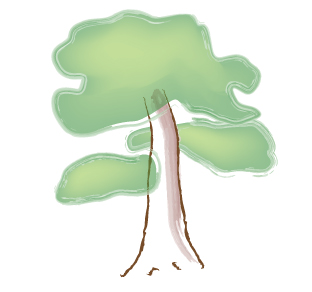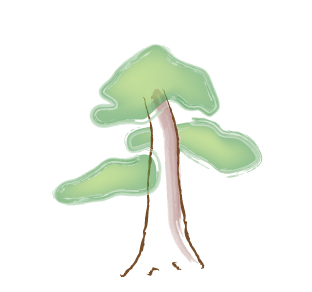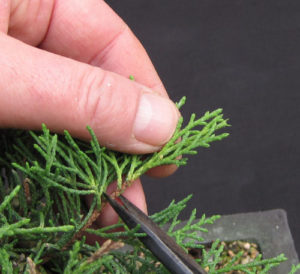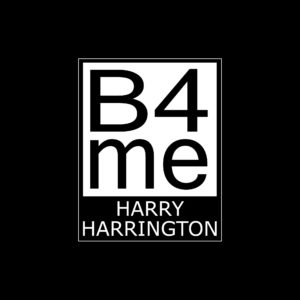Bonsai are ordinary tree species that require regular pruning to keep their diminutive shape. Without pruning, branches extend and the tree begins to lose its shape. Given enough uninterrupted growth, these branches can eventually thicken out of scale with the trunk and become coarse. Eventually, if left unpruned for long enough, a bonsai will simply revert to resembling an ordinary tree or shrub and the process of bonsai will need to be started again.
To combat this reversion and to keep its shape, a bonsai must be pinched and/or pruned on a regular basis. This is commonly referred to as ‘maintenance pruning’. The period between carrying out maintenance pruning on a bonsai very much depends on the species used, the time of year and the vigour of an individual tree. Identifying whether a tree needs to be pruned though is simple, and will be discussed in the following series of articles.
These articles are written as a guide to the maintenance pruning of ‘finished’ or styled trees; there are however, occasions where uninhibited growth is allowed. This is often required as ‘sacrificial growth’ to thicken up trunks or simply in order to form a new branch or branch structure.
Apical growth
One of the key elements to understanding the pruning of bonsai is ‘Apical dominance’. Almost all trees and shrubs, and therefore bonsai, are apically dominant. Essentially, this means that growth is stronger near the top and outer edges of the tree. Apical dominance is a mechanism that trees have evolved to use to encourage extension of height and width, in order that the tree not be shaded out by neighbouring plants. It also enables a wider distribution of seed in Autumn so that their seedling offspring are not in direct competition with the parent tree for light and water.
A result of apical dominance is that foliage nearest the trunk is eventually shaded out and dies back. This inner growth is lost at the expense of the ever-extending apical growth. Normally when growing in the wild, a tree will waste little energy forming new growth on its inner branches; it will concentrate all of its resources on the tips of the branches in its continual path onwards and upwards.
Unfortunately for bonsai enthusiasts, unless something is done to halt the apical tendency of their trees; the inner and lower branches become bare, with pads of foliage concentrated at the tips. Lower branches will lose vigour and eventually die at the expense of the more vigorous upper-branches. As importantly, a well developed bonsai will exhibit branches that are thickest at the base of the tree, with the branches becoming thinner and more refined as the eye travels up the trunk to the apex. If apical dominance is not countered, the upper branches quickly thicken up as a direct result of their vigour and become out of scale with the weaker lower branches.



Using these basic outlines of a bonsai, it is possible to see both the effects of apical growth, also the way that pruning should be carried out to counter it. Bonsai cannot be simply be pruned to the same degree on each and every branch. In the first diagram of an unpruned tree, it is possible to see that the predominant growth is around the apically-dominant areas, around the crown and outer branches. To not only re-shape to a mature form but to also counter the apical dominance, the tree is pruned harder nearer the top and sides than it is lower down the trunk. As can be seen in the second diagram, this results in pruning the tree into a roughly triangular shape.
Pruning this way means that the otherwise weaker inner and lower growth, is left with more foliage and more vigour than the now weakened apical areas. This results in a far better distribution of energy throughout the tree as well as improved form. The effects of this pruning will not last that long though; within a relatively short period of time the upper and outer areas will recover their dominance and this again will need countering.
The timing and manner of pruning a bonsai is discussed in the following parts of this article.



